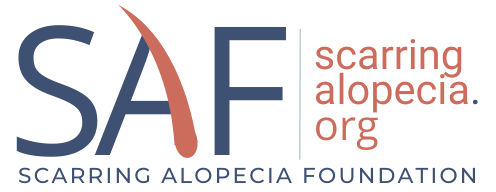By Paradi Mirmirani, MD
November 2017
Sometimes it may feel that there aren’t that many folks interested in caring for patients or doing research on hair disorders. If fact, there are multiple hair research societies around the world that promote this very topic. Members from the American, European, Indian, Japanese, Korean and Australasian hair research societies gather every other year to engage and exchange with colleagues around the globe. The different societies take turns hosting the meeting- with the American Hair Society hosting in 2015 in Orlando, Miami. In 2017, the meeting moved to Kyoto, Japan where there were 709 participants and 380 abstracts from 39 countries!
The theme of this meeting “visiting the old, finding the new” fit perfectly for a city in which there is such a rich culture – including a healthy fascination with hair. Not too far from the ultra-modern train station in Kyoto is the quiet Higashi Honganji Temple- where tucked in a corner- you will find a display case housing a hair rope that was used in the construction of the temple!
Before the official opening of the meeting, there was a learning course to provide a basic knowledge of hair science and clinics for residents and young researchers. In addition to the poster presentations and keynote speakers, there were multiple scientific sessions, one of which was dedicated specifically to the topic of scarring alopecia. This included presentations on treatment from Drs. Jerry Shapiro(New
York University) and Wilma Bergfeld(The Cleveland Clinic). Dr. Andrew Messenger from the United Kingdom discussed the possibility of an environmental cause in frontal fibrosing alopecia (FFA), referencing his research showing that patients with FFA were more likely to regularly use facial moisturizers/sunscreens than those without a diagnosis of FFA. Although not yet published, data from Australia (Dr. Rod Sinclair) seems to confirm this finding. While there is still much more work to be done in this area, I’ve been advising my patients to try to avoid chemical sunscreens, especially those with oxybenzone or avobenzone ingredients and to use physical sunscreens instead (zinc or titanium oxide). Another take-home pearl was that oral vitamin A medications (acitretin, isotretinoin) may be effective for treatment of FFA – both the hair loss and facial bumps (Dr. Lydia Rudnicka- Poland). These medications are not new, but are not frequently used as they have a host of potential side-effects- however it is encouraging to have another treatment option.
As I mentioned, one of the best parts of the meeting is connecting with colleagues and exchanging ideas. I was lucky see one of my mentors, Dr. Kurt Stenn, who has retired from hair research but spent time writing a fantastic book: “Hair: A Human History”- a wonderful read for anyone interested in hair. The meeting coincided with the release of the Japanese translation of the book!
Until we meet again at the World Congress for Hair Research in Barcelona, Spain, 2019- I’m optimistic that there will be many new hair discoveries and treatment advances….

